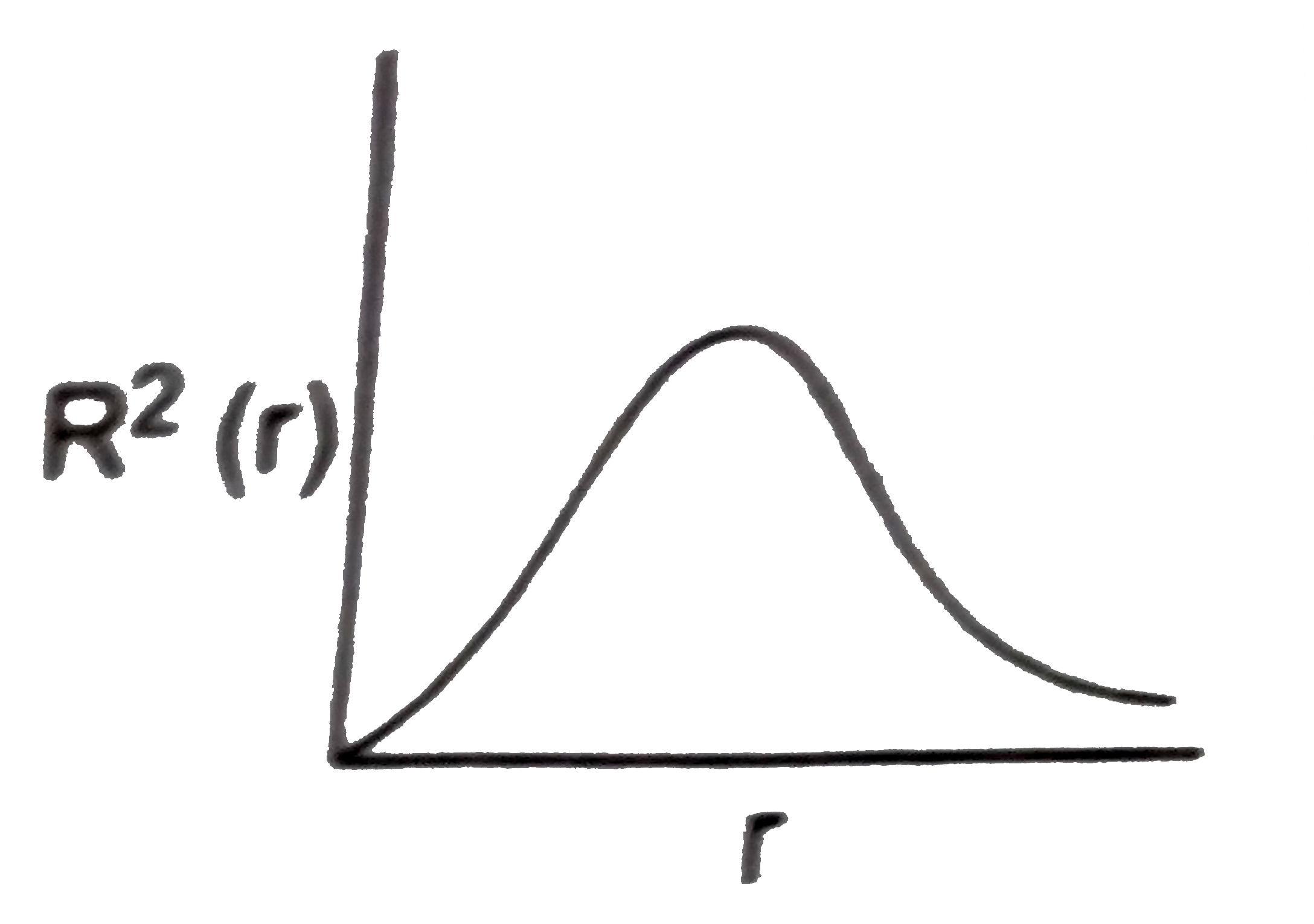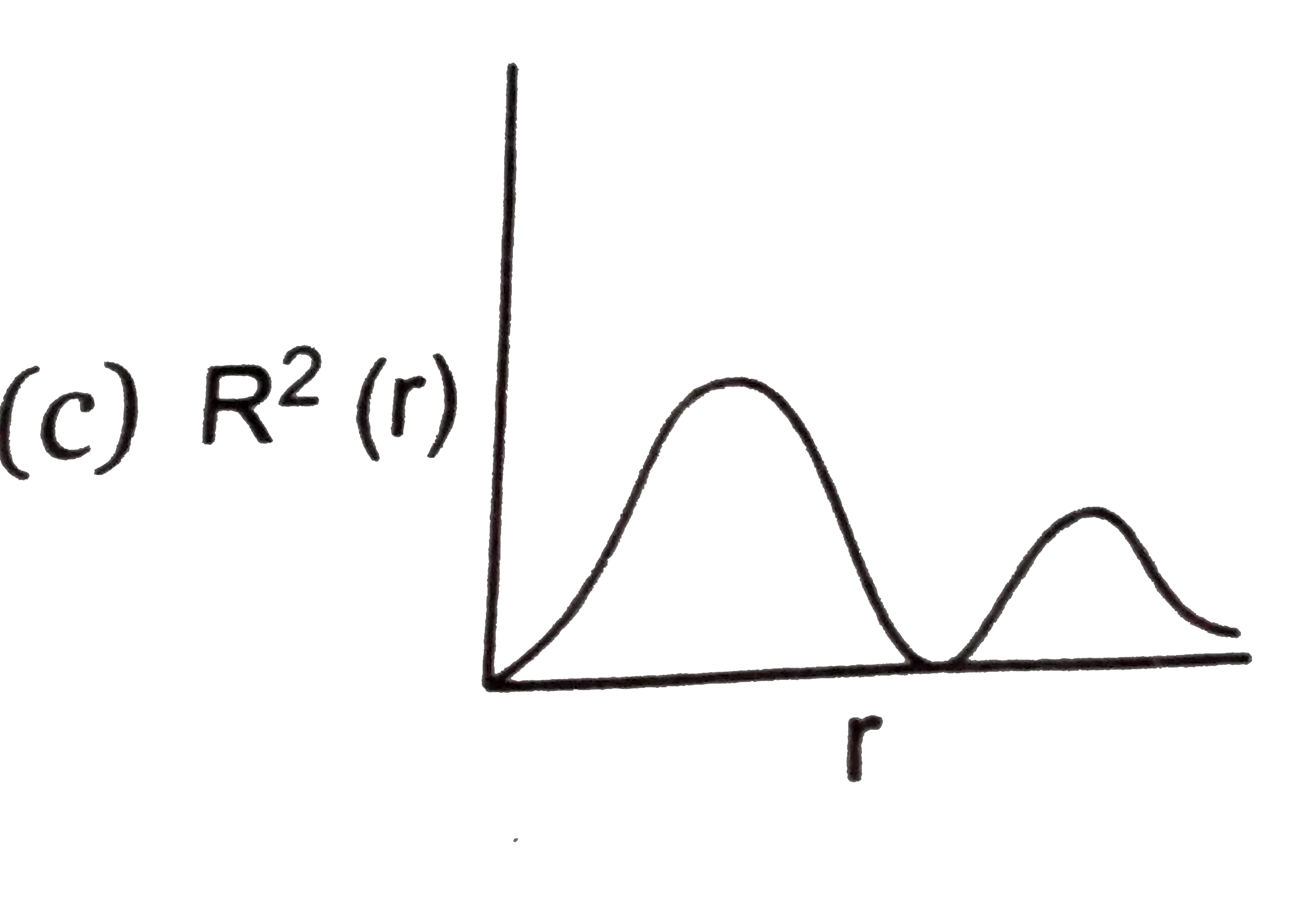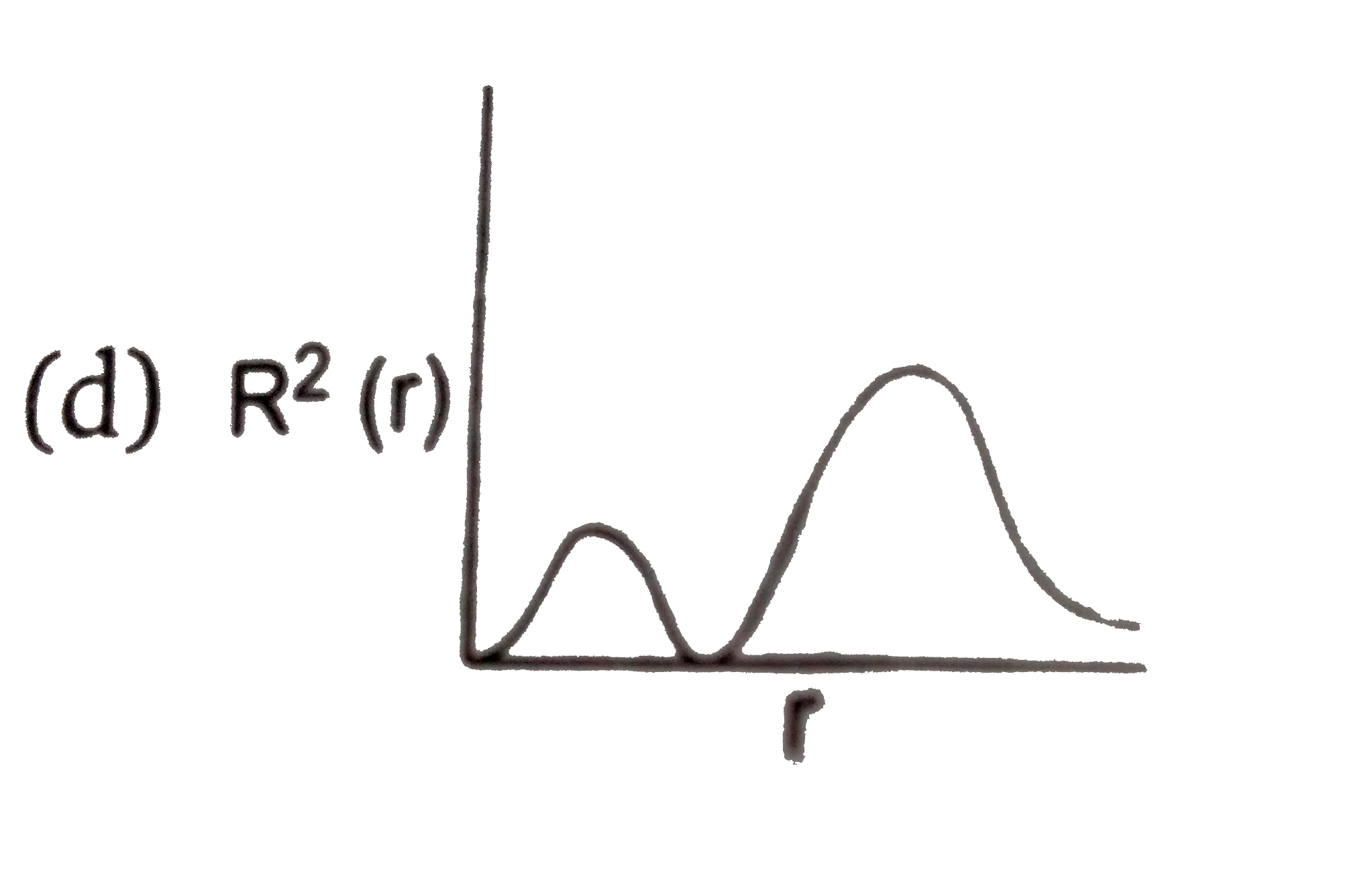The radii of maximum probability for 3s,3p, and 3d electrons are in the order :
(a) (rmax)3d>(rmax)3p>(rmax)3s
(b) (rmax)3d>(rmax)3s>(rmax)3p
(c) (rmax)3s>(rmax)3p>(rmax)3d
(d) None of these
The correct Answer is:C
To determine the order of the radii of maximum probability for 3s, 3p, and 3d electrons, we can follow these steps:
Step 1: Understand the Principal Quantum Number (n)
The principal quantum number (n) indicates the energy level of the electron. In this case, we are given n = 3 for all three types of orbitals (3s, 3p, and 3d).
Hint: The principal quantum number defines the shell in which the electrons reside.
Step 2: Identify the Azimuthal Quantum Number (l)
The azimuthal quantum number (l) determines the shape of the orbital and can take values from 0 to (n-1). For n = 3:
- For 3s, l = 0
- For 3p, l = 1
- For 3d, l = 2
Hint: The value of l corresponds to the type of orbital: s (l=0), p (l=1), d (l=2).
Step 3: Relationship Between l and Radius of Maximum Probability
For orbitals with the same principal quantum number (n), the radius of maximum probability for finding an electron decreases with increasing values of l. This means that:
- The 3s orbital (l = 0) has the largest radius of maximum probability.
- The 3p orbital (l = 1) has a smaller radius than 3s.
- The 3d orbital (l = 2) has the smallest radius among the three.
Hint: The order of maximum probability radius is inversely related to the azimuthal quantum number (l).
Step 4: Order the Orbitals
Based on the above understanding, we can list the orbitals in order of their radii of maximum probability:
1. 3s (largest radius)
2. 3p (medium radius)
3. 3d (smallest radius)
Thus, the order of the radii of maximum probability for 3s, 3p, and 3d electrons is:
3s > 3p > 3d
Final Answer: The radii of maximum probability for 3s, 3p, and 3d electrons are in the order: 3s > 3p > 3d.
The principal quantum number (n) indicates the energy level of the electron. In this case, we are given n = 3 for all three types of orbitals (3s, 3p, and 3d).
The azimuthal quantum number (l) determines the shape of the orbital and can take values from 0 to (n-1). For n = 3:
- For 3s, l = 0
- For 3p, l = 1
- For 3d, l = 2
For orbitals with the same principal quantum number (n), the radius of maximum probability for finding an electron decreases with increasing values of l. This means that:
- The 3s orbital (l = 0) has the largest radius of maximum probability.
- The 3p orbital (l = 1) has a smaller radius than 3s.
- The 3d orbital (l = 2) has the smallest radius among the three.
Based on the above understanding, we can list the orbitals in order of their radii of maximum probability:
1. 3s (largest radius)
2. 3p (medium radius)
3. 3d (smallest radius)
3s > 3p > 3d
Topper's Solved these Questions
- ATOMIC STUCTUREBOOK - NARENDRA AWASTHI ENGLISHCHAPTER - ATOMIC STUCTUREEXERCISE - level 2
30 Videos
- ATOMIC STUCTUREBOOK - NARENDRA AWASTHI ENGLISHCHAPTER - ATOMIC STUCTUREEXERCISE - Level 3 (Passage 1)
3 Videos
- CHEMICAL EQUILIBRIUMBOOK - NARENDRA AWASTHI ENGLISHCHAPTER - CHEMICAL EQUILIBRIUMEXERCISE - Match the column
1 Videos
Similar Questions
The maximum probability of finding electron in the dxy orbital is -
View SolutionThe probability of fiating the electron in ps orbits is :
View SolutionThe variation of radial probability density R2 (r) as a function of distance r of the electron from the nucleus for 3p orbital:
(A)(a)
(b) (b)
(c)
(d)
View SolutionThe maximum number of electrons in s, p and d-subshell are
View SolutionWhich of the following is not possible for 4p or 3d electrons?
View SolutionThe bromine atom possesses 3s electrons. It contains six electrons in 2p orbitals, six electrons in 3p orbitals and five electrons in 4p orbitals. Which of these electrons experience the lower effective nuclear charge?
View SolutionArrange the elements with the following electronic configuration of valence electron in decreasing order of ΔegHɵ.
(a) 3s23p4 , (b) 2s22p4
( c) 2s22p3 , (d) 2s22p5
View SolutionWhat are the values of the orbital angular momentum of an electron in the orbitals 1s,3s,3d and 2p:-
View SolutionAssertion (A) : When the transition element ionises, the 4s-orbital electrons are removed before the 3d-orbital electrons.
Reason (R ) : The energy of 3d-orbital electrons is lower than that of 4s-orbital electrons.
View SolutionThe maximum number of electrons with n = 3 and I = 3 is
View Solution
